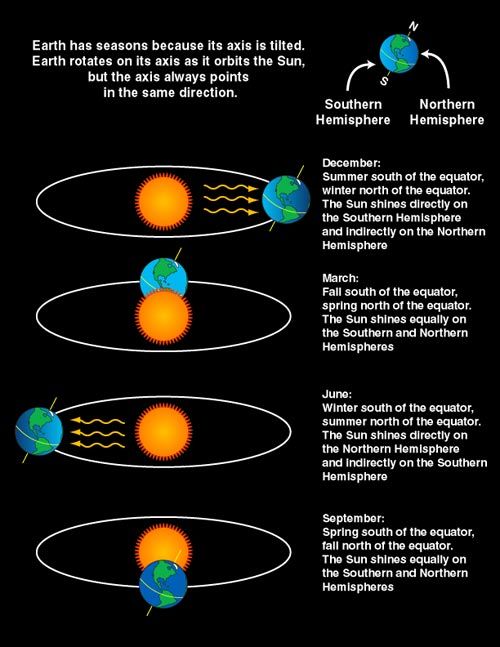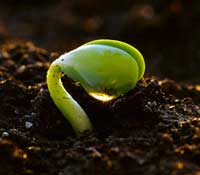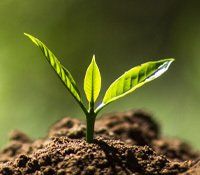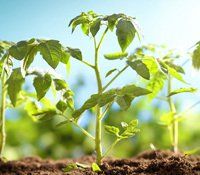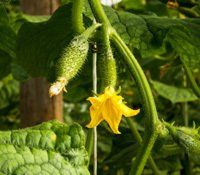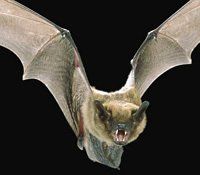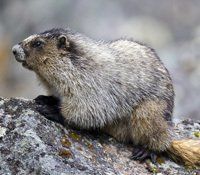What Causes the Seasons?
Spring in the Northern Hemisphere means Fall in the Southern Hemisphere. By this time, the Earth’s tilt allows the Sun’s rays to hit Earth equally on both the Northern and Southern Hemispheres. When the Earth tilts farther to one side or the other we get Summer and Winter.
Spring is when we plant vegetables and flowers in gardens and when many plants start growing and animals wake up. This edition we will look at what’s happening and what we can look forward to seeing this Spring.
This Spring We Can See... Seeds, Plants, and Trees Growing!
Courtesy of Shutterstock, Inc.
The First Stages of a Plant's Life
SEEDLING
The temperature outside is warming even if we still think it is cold! This and a wet environment allows the seed to swell and softens the shell allowing the primary root to come out, this is called germination (pronounced jur·muh·nei·shn). The root will grow down as the stem grows up!
SAPLING
These sprouting seeds grow fast and show what look like its first leaves, these are the embryonic (pronounced em·bree·aa·nuhk)(embryonic refers to the plant’s earliest leaves) leaves and look nothing like the true leaves it will grow.
VEGETATIVE
As the plant grows leaves will begin to pop up. These, and those beyond, are their permanent or adult true leaves where they will intake sunlight and carbon dioxide and put out oxygen to grow and produce food, a process called photosynthesis (pronounced fow·tow·sin·thuh·suhs). The plant is growing and preparing to produce flowers and seeds or fruits.
Now that we know about how seeds germinate what about trees? How do they grow?
Courtesy of BeLeaf It or Not
Write a letter to welcome sprouting seeds and waking trees!
Returning Animals
Spring is when hibernating (pronounced hai·br·nei·teeng) animals and insects start waking up. Click on each image to learn about when you can start seeing these animals coming back!
HOARY MARMOTS
Hoary Marmots in the North Cascades hibernate for 8 ½ months every year and wake up in May to spend 4 ½ months growing, feeding, reproducing and preparing for the next winter hibernation.
What Else Do You Notice in the Spring?
What do you hear? What do you see? What do you feel? What do you smell?
You and your grownups can join Tacoma Tree Foundation on a Forest Bathing Walk to practice using your five senses outside (don't worry though, we only get wet if it rains).
Story Time Science
Courtesy of Exploratorium
Start a Journal to document the changing sounds and or when you see certain animals
Journaling is a simple and great way to get to know nature better. Start your journal today!




